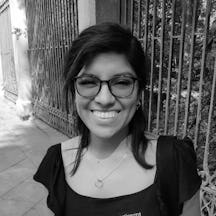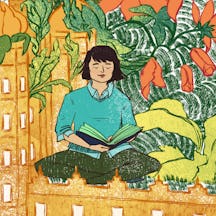A Cinchona bark specimen in the collections at Kew Gardens prompts Nataly to muse on the European explorers who risked their lives to collect plants around the world and bring specimens home. But those same explorers were part of the vast imperial effort to oppress the peoples of countries outside Europe and exploit their natural resources. The tragic tale of Manuel Mamani is a case in point.
Hunting lost plants in botanical collections
Words by Nataly Allasi Canalesartwork by Cat O’Neilaverage reading time 7 minutes
- Serial
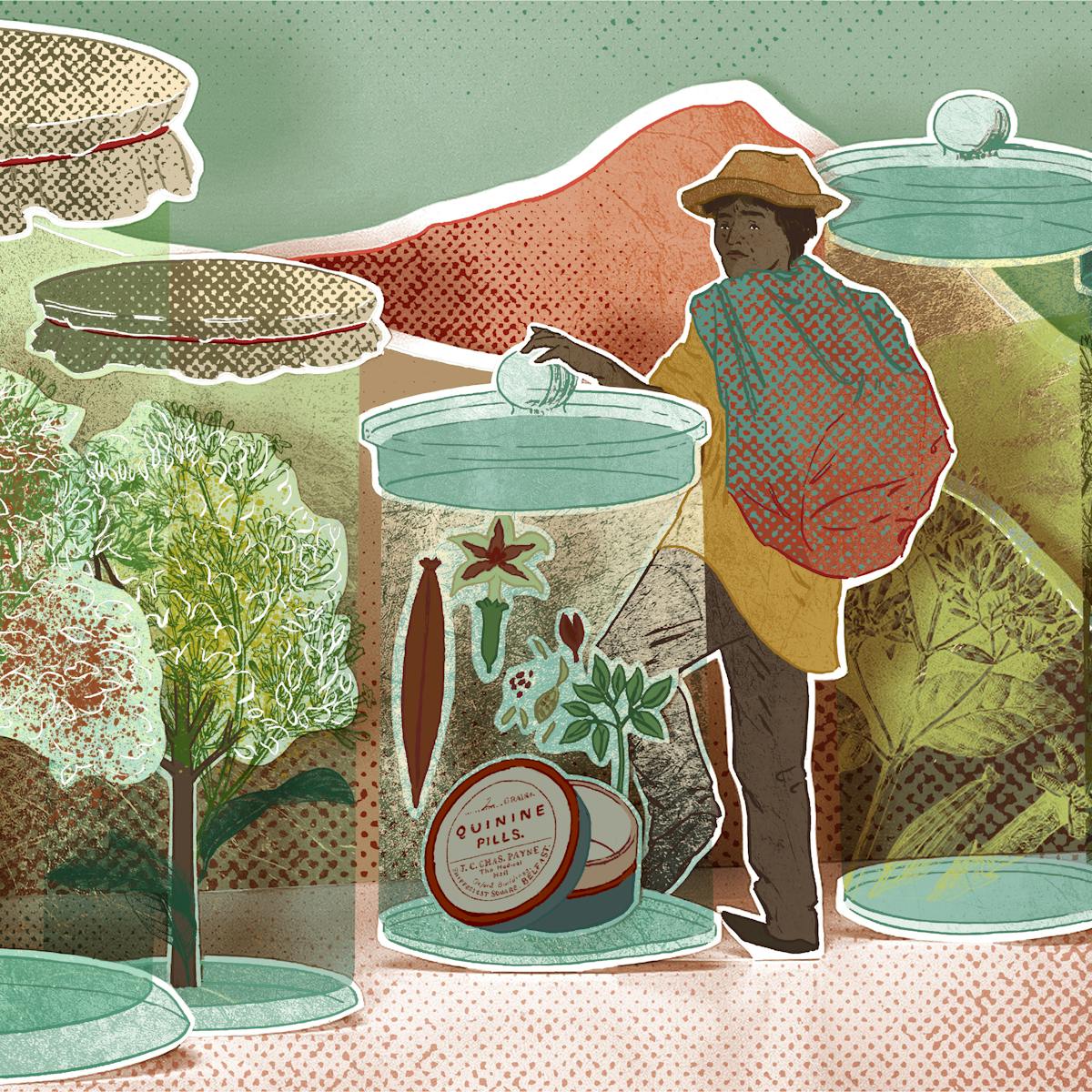
As I walk around the Kew Gardens Economic Botany Collection for the first time, I feel moved to take a selfie with the first Cinchona bark specimen I have ever seen. They are all put together with a pink ribbon around them, and a beautiful handwritten label tells me it comes from Madras (today Chennai), India.
It is then that I realise the importance of this Andean plant that had been taken from its native habitat to be cultivated in another continent. I later find hundreds of others like this specimen from all around the world.
I think about how these samples, which sometimes can’t be found in the wild any more, were collected by explorers who faced countless misfortunes. Over hundreds of years many collectors have embarked, full of hope, on journeys to the depths of the Amazon forest or the frosty Arctic to gather specimens that only exist there. These efforts are now amassed into several millions of biocultural collections in natural history museums, herbaria (where dried plants are kept), and gardens.
I’ve been fortunate enough to have been able to visit several herbaria wings and vaults for my research. I focus on economically important species from the genetic, chemical and archival perspectives. And by looking at the historical collections, I aim to learn how these populations have changed through time and across large distances. These results can then be used to guide, for example, conservation efforts.
While on these visits, I love to observe the samples stockpiled in special boxes, shelves and compactor shelves, which roll to use space efficiently. The way they’re organised is fascinating! Samples are also kept in special rooms with controlled temperature and humidity, where no food or drink is allowed, to avoid pests.
Local stories lost to history
When I visited the Real Jardín Botánico (Madrid) with my colleague Kim Walker, we enthusiastically took on our detective duties using our archival and genomic skills. We were in awe seeing those wooden boxes full of bark and wood quina samples with their labels from the late 18th century. We felt so close to the specimens, their histories, the expeditions, the collectors.
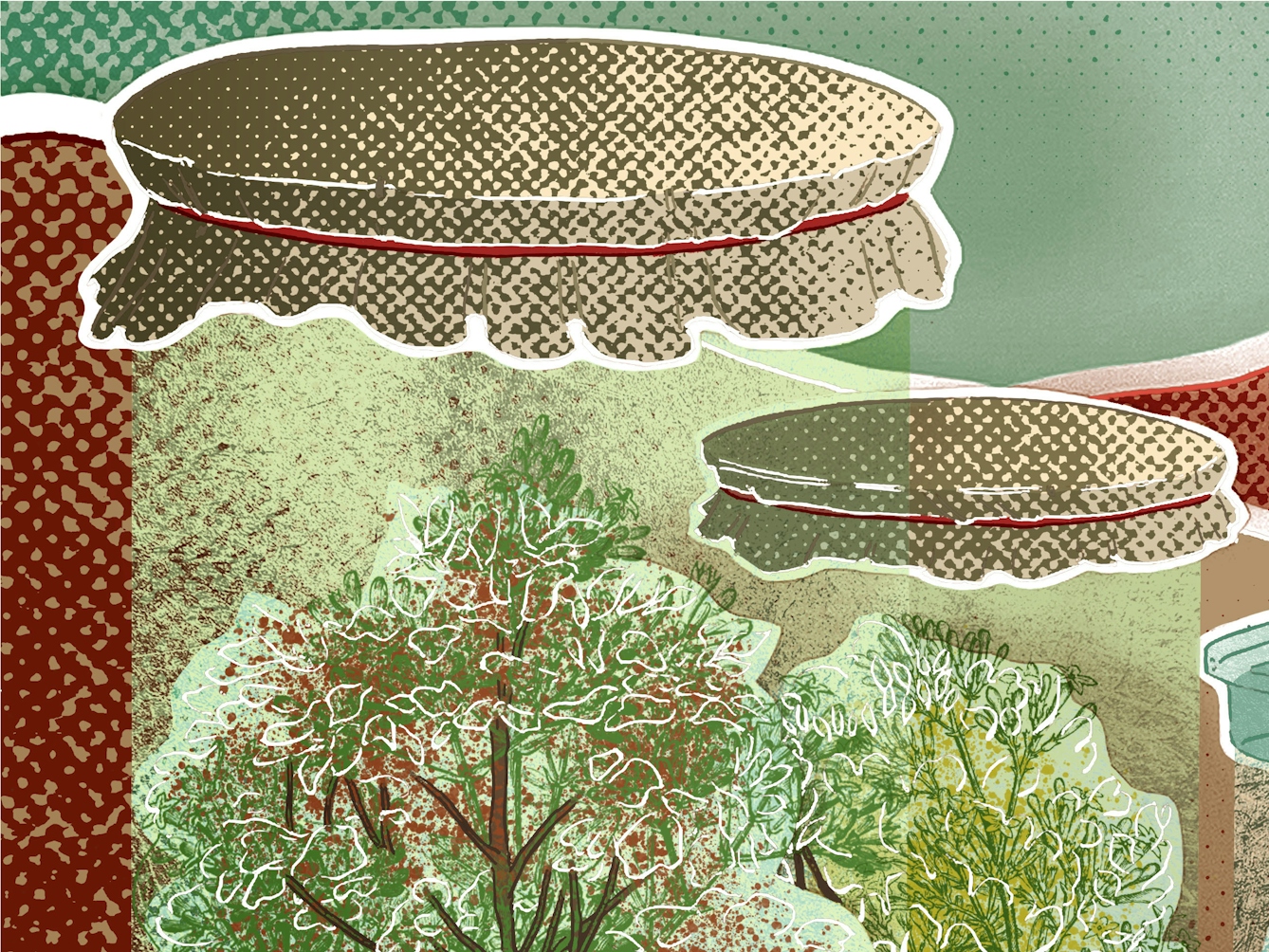
“These specimens have interesting stories to be unravelled, but they also reflect a long history of oppression, colonialism and inequality.”
These specimens have survived until today, thanks to the museum community that cares for them, patiently waiting for years for people to unravel their history.
However, the more I was learning about the collections and reading the collectors’ journals and official reports, I started to experience a bittersweet feeling. These specimens have interesting stories to be unravelled, but they also reflect a long history of oppression, colonialism and inequality.
Western imperial powers tried to expand and secure foreign lands to profit from their riches. Scientific expeditions were arranged as a complex combination of acquiring local knowledge to gain more colonial ground, for profit and medical reasons.
Cinchona exploitation is a clear example of this. It was possibly discovered by Andeans, with their superior local botanical knowledge, then, after the Spanish invasion, its use as an antimalarial was popularised in Europe. Malaria was widespread there during the 16th century and also highly prevalent in tropical countries (then potential colonies).
Cinchona finally became part of the European pharmacopoeia as the treatment for malaria in the 17th century. From the 18th to the 20th century, quina was overharvested in the Andes and gave European empires the economic and medicinal power to continue colonial practices in malarial regions.
Today we can find thousands of herbarium and bark collections of Cinchona, and it’s important to be aware of and remember the power dynamics that were operating during that period. These specimens are mostly labelled as collected by an explorer, but local people doing the actual collecting are often forgotten.
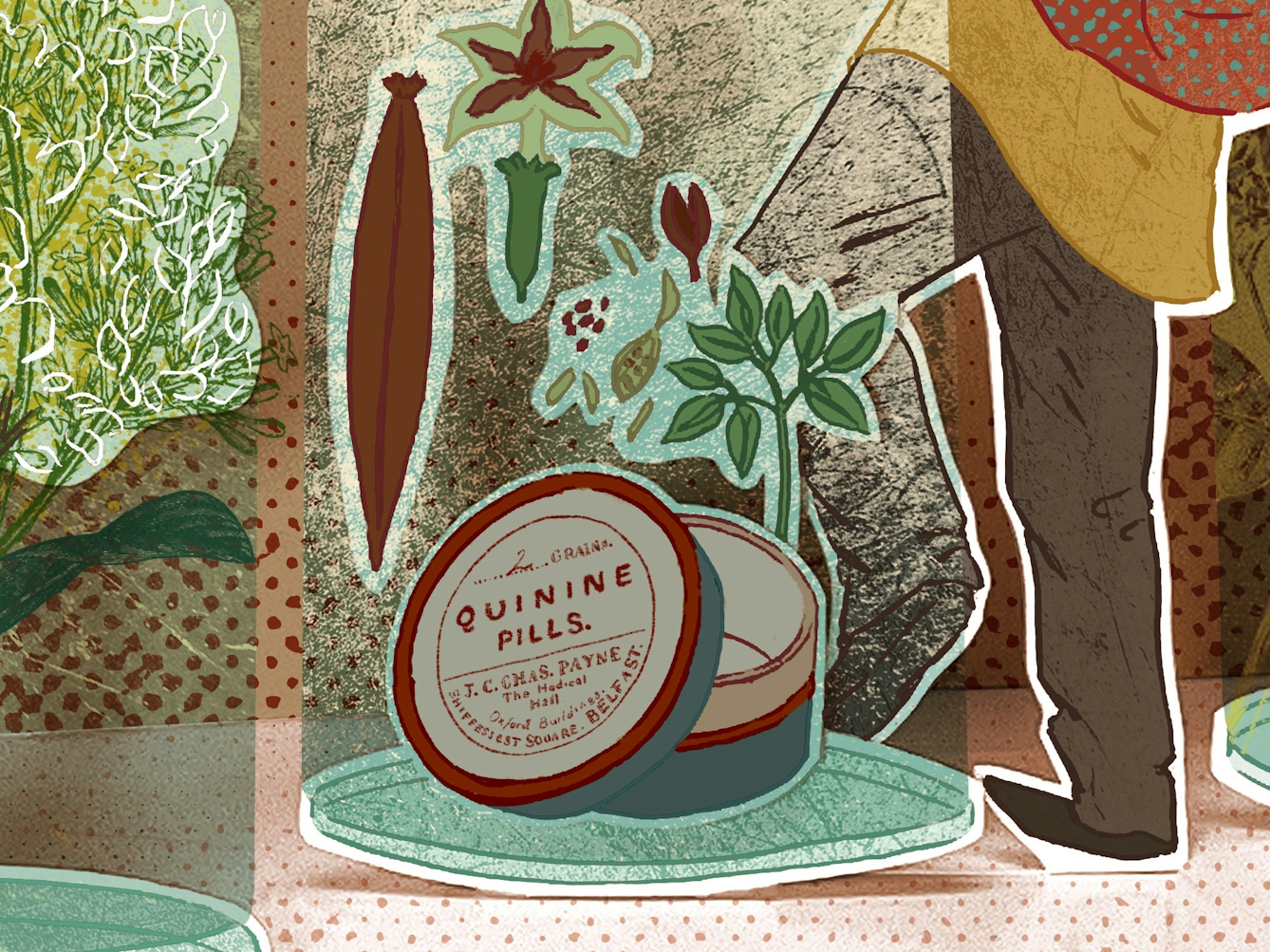
“From the 18th to the 20th century, quina was overharvested in the Andes and gave European empires the economic and medicinal power to continue colonial practices in malarial regions.”
These specimens are mostly labelled as collected by an explorer, but local people doing the actual collecting are often forgotten.
The seeds of human sagas
This is the case with Manuel Mamani, the servant of Charles Ledger. Ledger was a British man living in Peru who was responsible, in 1865, for exporting the seeds of the particular Cinchona variety with the highest quinine yield.
Mamani was a cascarillero, someone who strips valuable bark and seeds from trees, in this case from quina trees. When I read Mamani’s story I imagine what his diary entry might sound like…
“I haven’t been lucky lately. It’s been four years. Four years since my sons and I have been looking for these elusive fruits to be harvested. I know those are the trees; I know the leaves: they are bright scarlet underneath and dark green above. I know they have the most bitter bark – just as señor wants it.
“Each April, I’ve climbed the snowy-capped mountains seeing the promising, beautiful pink-and-white flowers. And each time, for the past four years, the frost has kept the seeds distant. Even with the offerings I bring to the apu (spirit of the mountain), like coca leaves and maize… I remain unlucky. Perhaps prayers and songs to Kon (the wind and rain god) can change my luck. But if nothing else, I’m patient.
“I know 1865 will be my year. I’ll collect the bark and seeds and give them to Charles, who has been my foreigner boss for the past 22 years. Maybe I can get an extra alpaca with the money from the seeds, and transport more bark… that’ll keep us going. I have a good feeling about this spring.”

“Not only was Manuel Mamani forgotten, but the alkaloid-rich species he found was later named Cinchona ledgeriana after his boss.”
The seeds he harvested were the starting point for the Javanese plantations in Indonesia, which 40 years later dominated the world quinine market and were the origin of the first pharmaceutical cartel in 1913. However, not only was Mamani forgotten, but the alkaloid-rich species he found was later named Cinchona ledgeriana after his boss.
Even more outrageous is that he was later incarcerated and so badly beaten that he didn’t fully recover and finally passed away. The story of Mamani is like those of many excluded local and Indigenous peoples around the world, and similar dramas have played out on expeditions to Greenland, Australia, and other countries. Traces of past colonial practice still surface from time to time in contemporary collecting and conservation.
My thrill as a researcher has never diminished; quite the contrary – for me these samples, which initially ‘only’ had biological stories to tell, were progressively gaining more depth that shows human-nature and human-human interactions.
So next time you find yourself in a botanical garden, perhaps taking a selfie like me, or see a hibiscus flower blooming in a plant store, have in mind that there’s a history explaining how those exotic plants have found their way to share that moment with you.
As I began my research on the quina seeds, I started calling them “Mamani-Ledger seeds” instead of only Ledger, which is the common practice. So even when history and facts can be bitter and harsh to fathom, and radical changes come from institutions, policies and structures, we as people can bring up these issues, engage in discussion about them, and remember.
If Mamani was alive today, his work as an ethnobotanical guide of plant collectors would (and should) be acknowledged by researchers. Finally, modern ethnobotanical research aims to be collaborative, making the collections and data available (if desirable by the community). The ultimate goal is to build local capacity for autonomous research into interactions between nature and humans.
About the contributors
Nataly Allasi Canales
Dr Nataly Allasi Canales is a researcher and environmentalist at heart. Originally from the Peruvian Amazon, her aim is to unravel evolutionary histories of important organisms from her hometown, and by doing so she also aims to empower the local communities with science. She is a postdoctoral researcher at the University of Copenhagen.
Cat O’Neil
Cat O’Neil is an award-winning freelance illustrator, specialising in editorial. She studied at the Edinburgh College of Art, graduating in 2011, and has lived in Hong Kong, London, Glasgow, Lyon and Edinburgh. Her clients include the New York Times, Washington Post, WIRED, LA Times, Scientific American, the Financial Times, the Guardian/Observer, Libération and more. Her work explores the use of visual metaphors to convey concept and narrative, and combines the use of traditional and digital mediums. Much of her recent work includes the creation of 3D paper sculptures, which are made in her studio in Edinburgh.
